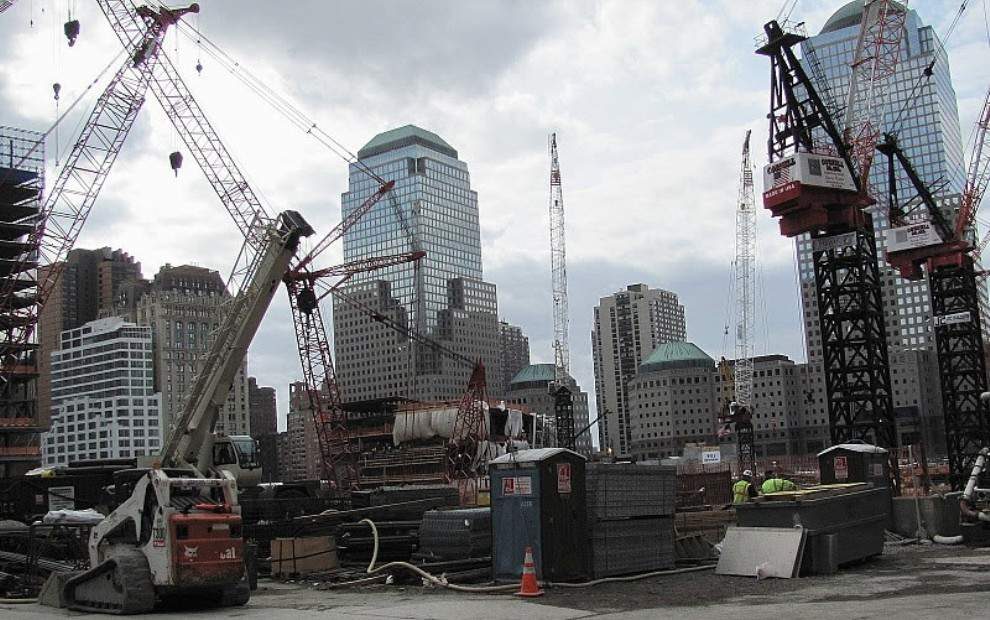Every year EHS Today compiles a list of the safest companies to work for in the US. And every year, we get to hear stories about companies of which we know very little. We are all aware that there are certain sectors of the economy, like mining and construction, that are more dangerous than others. And so the EHS report focuses on firms in these industries.
Finding out which are the safest companies in America is no easy task. It involves some pretty sophisticated methods. For instance, it’s not enough for companies to have a zero injury policy. There’s no guarantee that policies on the books translate to a world-beating safety culture in the firm. Companies have to go beyond mere platitudes and rules and embed safety into everything they do.
As Brown & Crouppen point out, there are many ways in which workers can be injured at work. These range from minor scrapes to full-blown paralysis. But there are also ways in which workers can suffer which aren’t necessarily directly related to hazards. Repetitive strain injury is one example; carpal tunnel syndrome is another. Thus, to be considered one of America’s safest firms, companies have to deal with direct and indirect hazards at work. So which businesses are America’s safest, and what are they doing right?
Apollo Mechanical
Apollo Mechanical is an HVAC and industrial piping company from Washington State. It employs over 900 people across 40 sites. Thus, it’s certainly a company which might be dangerous to work for. But this is not what the EHS study found. In fact, they found a rather different culture. The safety manager is focused on building communication among various arms of the business. As a firm in the building sector, Apollo Mechanical deals with many different trades on any given day. Thus the company emphasises communication, right from the very top. Senior managers do everything they can to find out about conditions on the ground. And they work safety into every contract they sign with outside companies.
They’re also intent on fostering an environment where employees can go to management with their concerns. Often employees don’t feel that they can talk about their safety worries. But management makes it clear that this is their top priority. In turn, that creates trust and generates conversations.
BMWC Constructors
BMWC are a heavy industry construction outfit, based in Indiana. Normally a company like BMWC would be right at the top of the most dangerous companies to work for. But BMWC takes safety seriously. The company is 870 employees strong. And they’re all bound together by the company’s mission statement. There’s the usual rhetoric, of course, about how BMWC will add value for customers. But there’s also a part that says that the company will “aggressively place the safety of employees and subcontractors first.” For this reason, combined with an excellent safety record, BMWC made it onto the EHS list.
CJ Drilling
CJ Drilling is an expert in drilled shafts and foundation construction. It’s a small company, only employing 115 people across five sites. But the company has long emphasised the importance of safety. The drilling industry has seen some horrific worker injuries during its time.
CJ Drilling emphasises safety with its employees right from the start. The first person new hires or contractors meet is the safety director. If a person is hired, they’re immediately put on a safety orienteering course. New hires are expected to adopt the company’s safety culture wholeheartedly. CJ Drilling doesn’t accept any member of the team not taking safety seriously.
Rummel Construction
Rummel Construction is a heavy civil general contractor but mainly involved in Mass Earthworks. It’s a company that believes that each of its 370 employees are entitled to a safe working environment. The company doesn’t put operations before safety, according to the senior safety officer, Steve Lopez. Instead, it focuses on delivering safety on all the sites in which it operates.
As an earthworks company, Rummel’s safety mission goes beyond just that of the company. It also extends into the wider community. They’re particularly concerned about the effect of their business on local people’s health.
Smith’s Medical
Smith’s Medical operate out of Plymouth, Maine. This is a large company, employing 7,300 people over 57 sites. The company makes medical devices. And this means that there is a high potential for injury. The company is committed, of course, to preventing direct hazards. But it also recognises that workers can be exposed to indirect hazards too. The company emphasises a clean environment, reducing worker exposure to toxins. And it also helps employees avoid repetitive injuries. The company has board-level safety discussions every month to ensure continued safety of operations.
Solenis
Solenis is a chemical manufacturer from Delaware. It has operations in both the US and around the world. It’s also a company renowned for its safety. First of all, the company has it’s own employee safety program. But it’s also a company with B2B interests. What’s interesting about Solenis is that it’s not content with just high internal safety standards. It also wants its customers to have high safety standards too. Each of its reps is training in safety. And that means that they can improve safety at client-owned sites.
USG Corporation
USG is based in Chicago and makes building products for distribution. It’s the biggest company we’ve seen so far, employing more than 9,000 people across 195 sites. One of the things that make USG such a safe company is their expectation that workers take part in the process. Workers are the front line of the company’s safety efforts. And the company rewards employees when they make valuable contributions to safety.
This means that employees are trained to seek out hazards actively and then come up with plans to address them. The company then backs up employees, giving them the tools they need to implement those plans. USG does have a safety and health director. But it’s clear that it’s there to facilitate employee safety drives, not lead them.












Add Comment